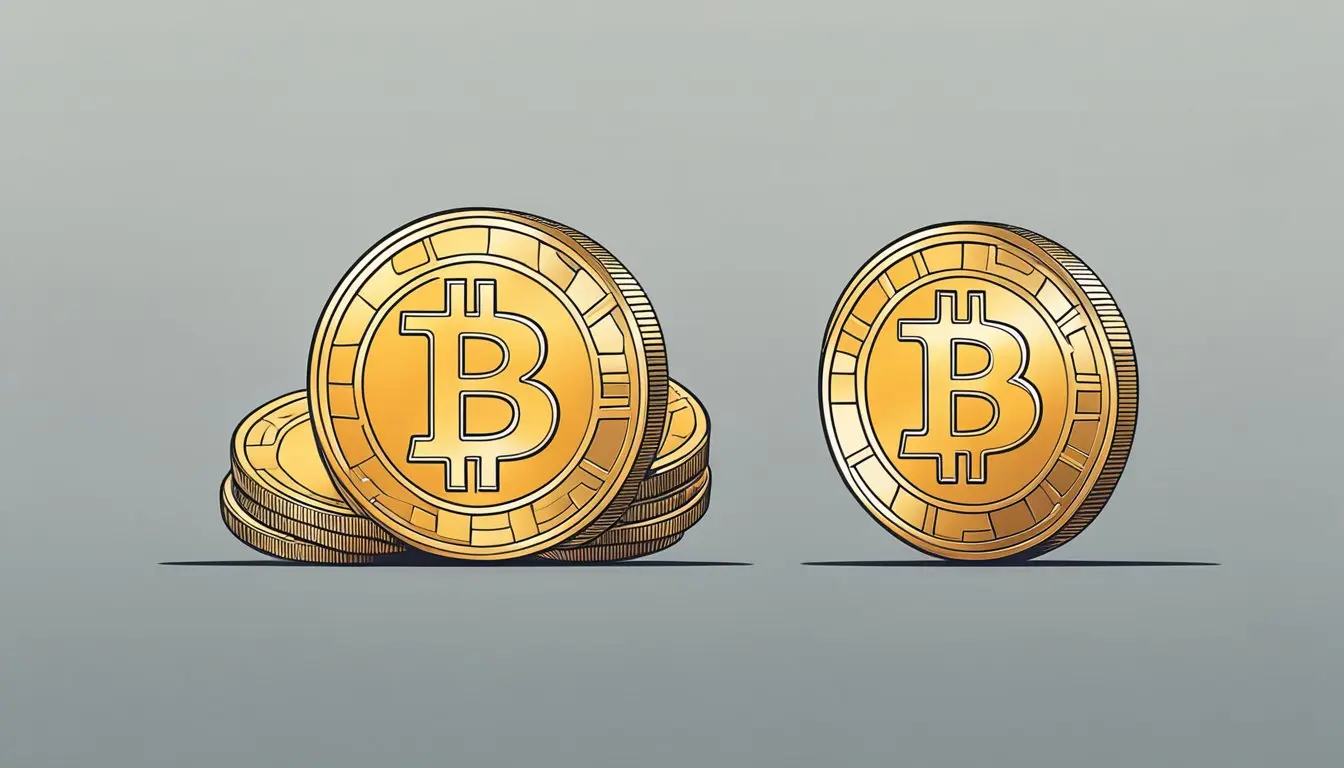Bitcoin halving is a key event in the cryptocurrency’s lifecycle. It affects the rate of new Bitcoin creation and impacts the overall supply.
Let’s explore how this process works.
Block reward reduction
The Bitcoin network creates new coins through mining. Miners solve complex math problems to add new blocks to the blockchain. As a reward, they get new Bitcoins.
Every 210,000 blocks, or about every four years, the block reward gets cut in half. This event is called halving.
When Bitcoin started in 2009, miners got 50 BTC per block. After the first halving in 2012, this dropped to 25 BTC. The second halving in 2016 reduced it to 12.5 BTC. In 2020, it became 6.25 BTC.
The next halving is set for April 2024. It will lower the reward to 3.125 BTC per block.
Halving algorithm
Bitcoin’s code has a built-in halving algorithm. It ensures the total supply of Bitcoin never exceeds 21 million.
The algorithm tracks the number of blocks mined. When it hits 210,000, it triggers the halving event.
This process is automatic. It doesn’t need human input or approval. The algorithm keeps working until all 21 million Bitcoins are mined.
Experts predict the last Bitcoin will be mined around 2140. After that, no new Bitcoins will enter circulation.
Predictions and theories
The Bitcoin halving event has sparked numerous predictions and theories about its potential impact on the cryptocurrency market. Analysts and investors use various models to forecast future price movements and long-term trends.
Stock-to-flow model
The stock-to-flow model is a popular tool for predicting Bitcoin’s price after halving events. This model compares the existing supply of Bitcoin (stock) to the rate of new production (flow).
The theory suggests that as the flow decreases due to halving, the price should increase if demand remains constant or grows.
Proponents of this model point to historical data showing significant price increases following previous halvings.
However, critics argue that the model oversimplifies market dynamics. They also say it doesn’t account for external factors that influence Bitcoin’s price. They caution against relying solely on this approach for investment decisions.
Long-term investment view
Many investors see Bitcoin halving as a bullish signal for long-term price appreciation. This view is based on the idea that reduced supply will lead to increased scarcity and value over time.
Historical data shows that Bitcoin’s price has risen significantly after previous halvings. For example, the price increased from about $650 to $19,700 following the 2016 halving. After the 2020 halving, it rose from $8,787 to nearly $69,000 by November 2021.
But skeptics warn that past performance doesn’t guarantee future results. They emphasize the need to consider other factors like regulatory changes, technological advancements, and market sentiment when making investment decisions.
Future of Bitcoin post-halving
The Bitcoin halving event will likely shape the cryptocurrency’s future in significant ways. Its impacts may extend to Bitcoin’s utility and the landscape for miners.
Projection on Bitcoin’s utility
Bitcoin’s utility could grow after the halving. As the supply of new coins slows, Bitcoin may become more scarce. This scarcity could make it more valuable as a store of wealth.
Some experts think Bitcoin might act more like digital gold. Its limited supply could make it attractive to investors worried about inflation.
Companies and even countries might start to view Bitcoin as a useful asset. El Salvador has already made Bitcoin legal tender. Other nations could follow suit if they see Bitcoin as a stable store of value.
Potential scenarios for miners
Mining Bitcoin may become harder after the halving. Miners will receive fewer coins for their work. This could push some miners out of the market.
Large mining operations with cheap electricity might survive. Smaller miners might struggle.
Some may need to upgrade their equipment to stay competitive.
The reduced block reward could lead to more mining pools.
These pools let miners work together to increase their chances of earning rewards.
New technologies could also change mining. Some companies are working on more energy-efficient ways to mine Bitcoin.
These could help miners stay profitable even with smaller rewards.
